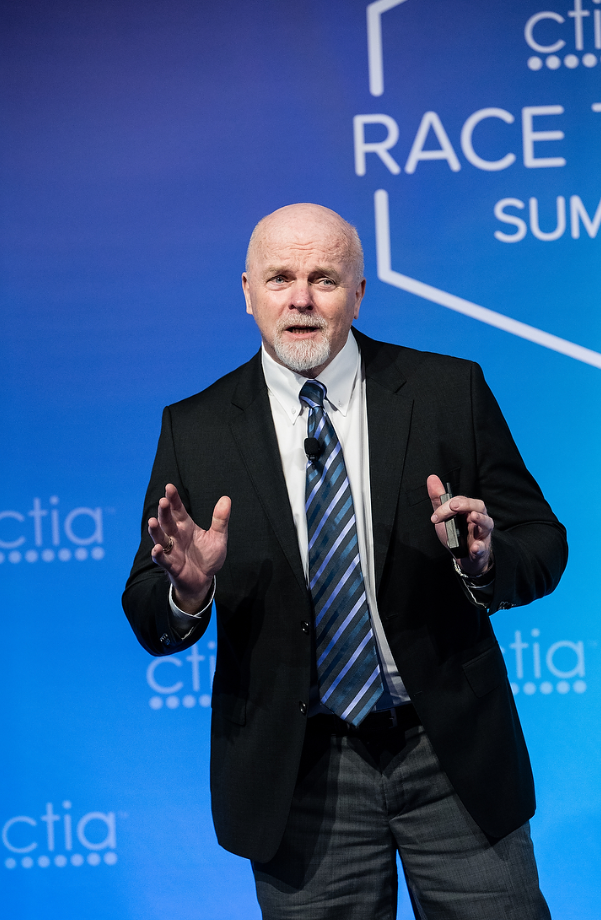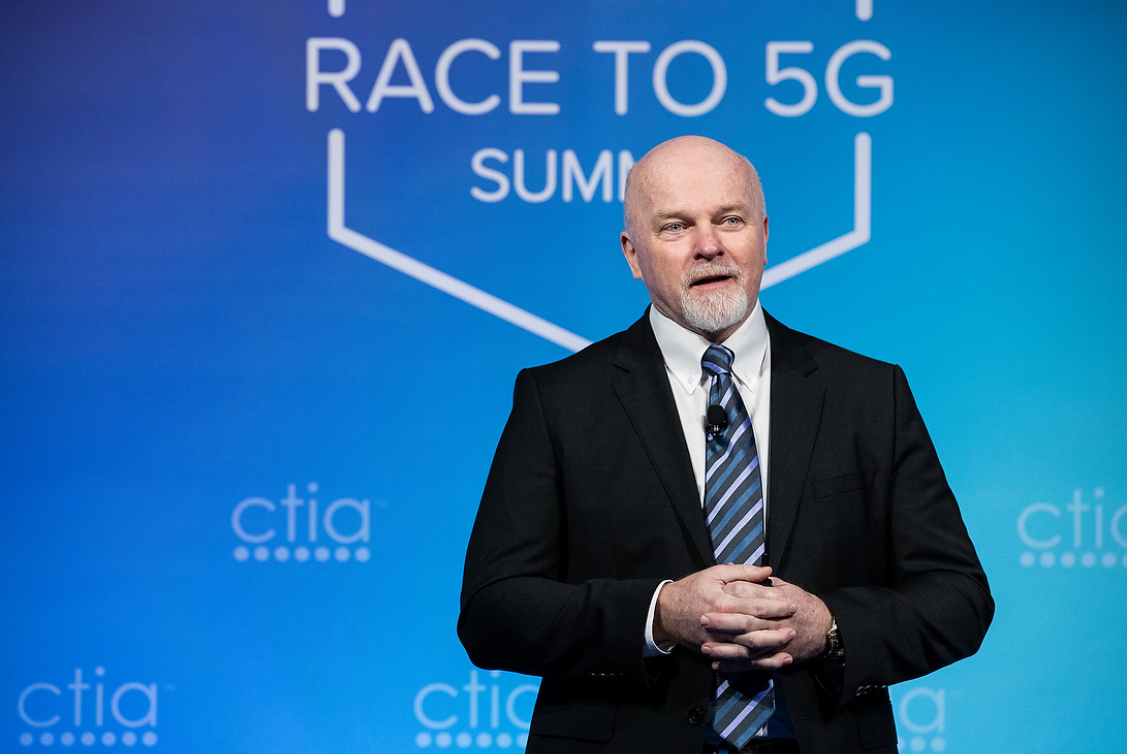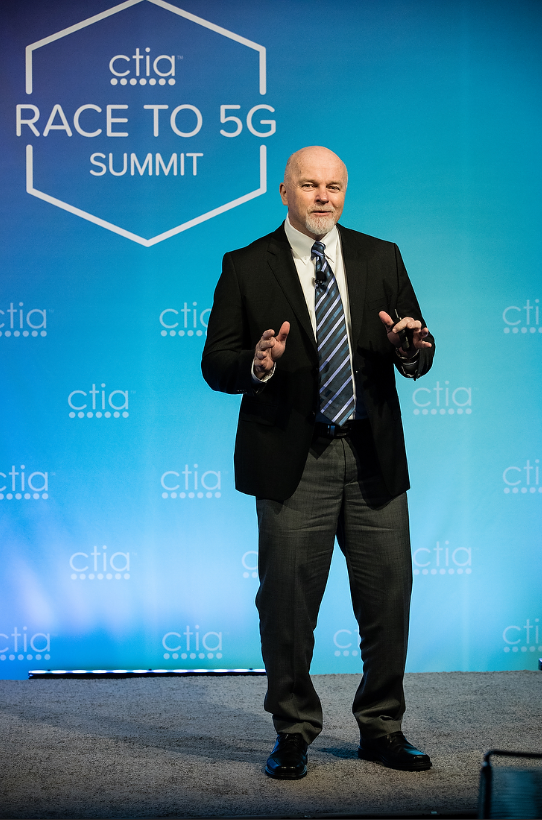Scott Bergmann, Senior Vice President, Regulatory Affairs
Today, South Korea will begin auctioning 280 MHz of 3.5 GHz spectrum—in addition to 2400 MHz of 28 GHz high-band spectrum—making these valuable MHz available for use starting in December of this year.
This development underscores the urgency for the U.S. to free up more mid-band spectrum or risk falling further behind in the race to 5G. According to recent research, the U.S. ranks third in overall 5G readiness and sixth of 10 countries in terms of critical mid-band spectrum availability, lagging behind China and South Korea.
Swaths of mid-band spectrum are essential to building robust 5G networks, thanks to their ability to provide a mix of coverage and capacity. But the U.S. does not currently have a mid-band auction scheduled, and while the 3.5 GHz band is being readied for commercial use, only 70 MHz of licensed spectrum will be made available at auction and under a complex and experimental sharing framework.
Policymakers should act quickly to free up large blocks of mid-band spectrum and set auction dates so that the wireless industry can build world-class 5G networks and help the U.S. retain our wireless leadership.
Earlier this week, Commerce Secretary Wilbur Ross spoke about this pressing need:
“We cannot be complacent. While the United States leads the world in the application of 4G wireless technology, China and South Korea are trying hard to position themselves to dominate the next generation of 5G.”
Industry leaders and policymakers at the CTIA Race to 5G Summit, agreed, making the case for why we need more mid-band spectrum to build the next-generation of wireless in the U.S.:
Industry executives highlighted how important these mid-band allocations are to the U.S.’s ability to hold our global wireless leadership.

“The FCC did a great job with millimeter wave … We can go after the rest of the mid-band spectrum in a very similar way … so that we can get on top of the 5G race.” - Ed Chan, SVP Technology Strategy & Planning, Verizon

“China, Korea, Japan, and Europe and almost every country in the world are prioritizing 3.5 or 3-4 GHz for 5G and taking concrete steps to move toward that direction. We definitely need to do that too here in the U.S.” - Karri Kuoppamaki, VP Network Technology Development & Strategy, T-Mobile USA

"We need to … really concentrate on the mid-band. To be competitive on a global scale, you really do need to have a mix of these bands.” - Jonathan Wood, GM of Business Development & Partnerships, Next Generation and Standards, Intel

“China’s plan is to allocate 500 megahertz of mid-band in 2018; Japan, the same. And South Korea announced they are going to have [mid-band] auctions in June of this year [to] allocate 280 MHz of mid-band spectrum. We need 100 MHz—minimum—of mid-band spectrum for the U.S. to lead in 5G." - Mike Murphy, CTO North America, Nokia
Enabling Next-Gen 5G Networks
Industry leaders also spoke about how mid-band spectrum can provide a blend of coverage and capacity that will be essential to support 5G’s fast speeds, increased capacity, and reduced latency.

“There's kind of this sweet spot in mid-band that has benefits of coverage and penetration, meaning going through walls, providing indoor service, and also still being able to provide gigabit service.” - Mike Murphy, CTO North America, Nokia

“You need mid-band spectrum for consistent capacity and speed experience and to enable many of these mobile roadmap related applications.” - Karri Kuoppamaki, VP Network Technology Development & Strategy, T-Mobile USA

“We're going to densify the network [and] there's also a need for coverage. And so as we look at some of the mid-band and lower-band applications, that's going to be critical.” - Marachel Knight, SVP Technology Planning & Engineering, AT&T
Accelerates 5G Deployment
Wireless technology experts shared that mid-band spectrum can also leverage existing and small-scale wireless infrastructure, making it easy to deploy quickly.

"[M]oving up in the mid-band [means] antenna sizes are shrinking .... When you shrink it in size, it makes deployment a lot easier." – Ed Chan, SVP and Chief Technology Architect, Verizon

“China Mobile is looking at using the same grid as they have today for mid-band spectrum for 5G and we think we can do that too. And that means you can deploy it much faster for lower cost. That's why we're so obsessed with mid-band." - Mike Murphy, CTO North America, Nokia
How the FCC Can Help
Policymakers should be aggressive in their efforts to address the need for mid-band spectrum to ensure the U.S. wins the global race to 5G. We applaud FCC Chairman Pai for moving forward with a formal proposal for the 3.7-4.2 GHz band at the July Open Meeting and urge the FCC to act quickly on the 3.5 GHz band. The FCC should:
- Finalize its 3.5 GHz rules in a pro-investment fashion—by setting longer license terms and creating renewable licenses for larger geographic areas—and announce a 2019 auction of the 70 megahertz of 3.5 GHz licensed spectrum.
- Fast track the 3.7-4.2 GHz band, including maximizing the amount of spectrum available for mobile broadband, setting aggressive timelines for a final decision, and pushing stakeholders to work collaboratively.
NTIA has a role to play as well, and we encourage them to fast track their review of the 3.4 GHz band and its potential for commercial wireless use.
These efforts are critical because, as T-Mobile’s Karri Kuoppamaki said, “[w]ithout having access to more spectrum in the mid-band, it’s going to be really, really hard for us to maintain technology leadership that we’ve achieved with [4G].” So let’s get to work and secure our 5G future.
Email Newsletters
Sign up to receive TelecomTV's top news and videos, plus exclusive subscriber-only content direct to your inbox.



